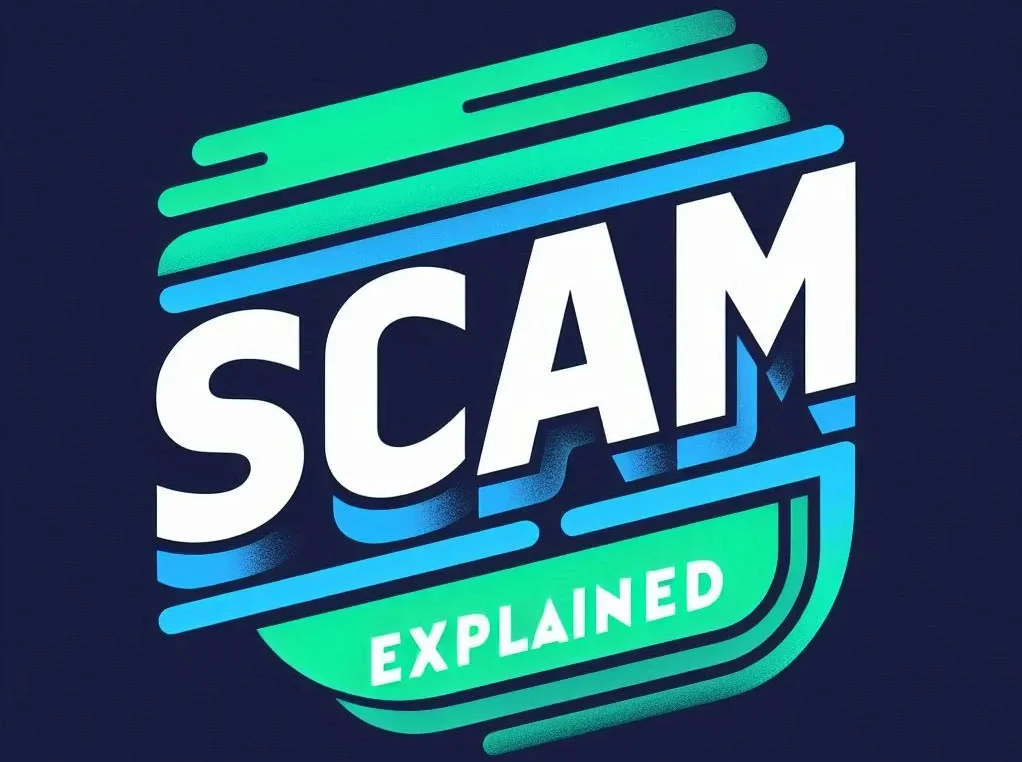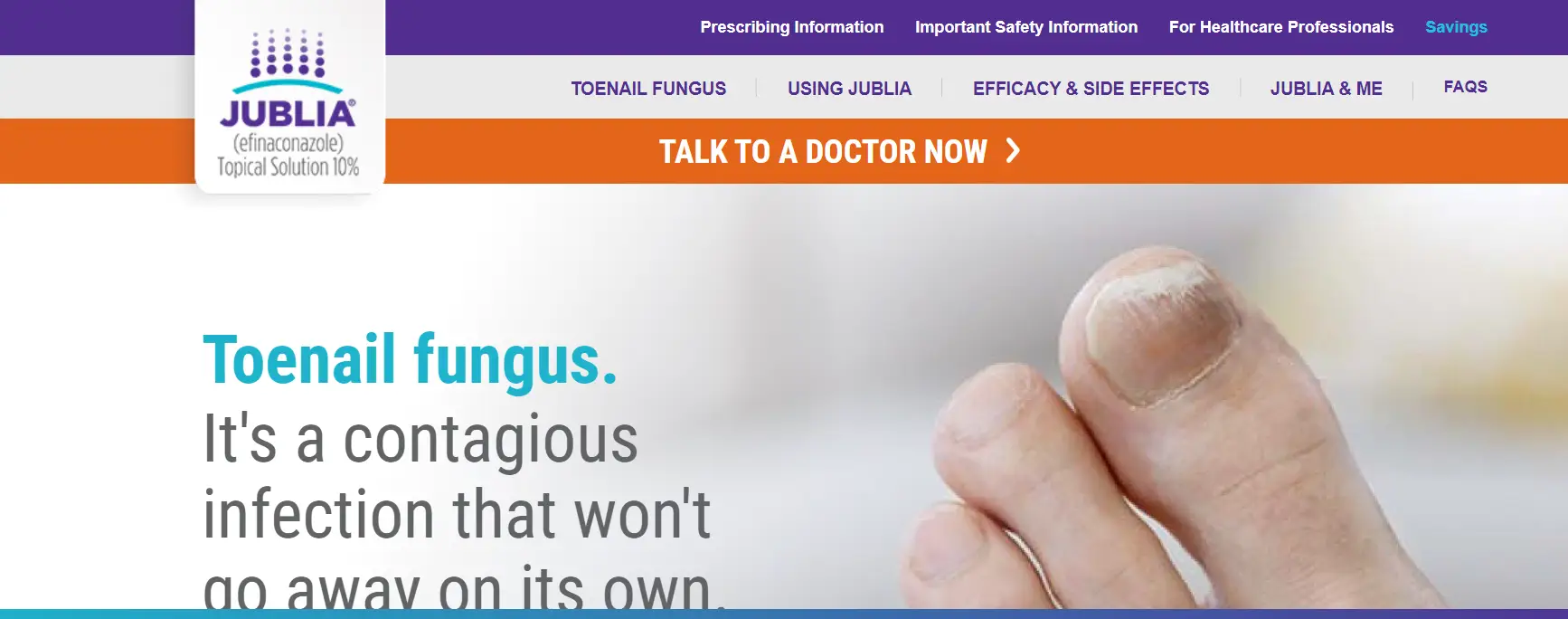Have you ever walked into a pharmacy to fill your prescription for Jublia, only to be shocked by the price? If so, you’re not alone. Many people have wondered why is Jublia so expensive?
This topical antifungal medication has become increasingly popular in recent years for its effectiveness in treating toenail fungus.
However, with a price tag that can range from $600 to over $1,000 for a one-month supply, it’s no wonder that people are left scratching their heads.
In this blog post, we will delve into the reasons behind Jublia’s high cost and try to unravel the mystery of why this medication comes with such a hefty price tag. So, let’s get started!
Why is Jublia So Expensive?
The high cost of Jublia, a widely used treatment for nail fungus, often leaves people scratching their heads. Unpacking the mystery, it becomes clear that it’s not just one reason but a blend of several that contribute to its hefty price tag. From its research and development stage to reaching your medicine cabinet, there are substantial costs involved at every step.
The unique and patented formula of Jublia, coupled with the exclusive manufacturing and selling rights held by Valeant Pharmaceuticals, empowers them to dictate its pricing without competition. Additionally, the extensive marketing and nationwide distribution also pile onto its cost.
And, if your insurance company categorizes Jublia as a ‘non-preferred’ drug, prepare to bear the entire burden of its cost. All these elements, when intermingled, result in the eyebrow-raising price of Jublia.
Understanding Jublia and Its Purpose
Are you familiar with the notorious nail fungus infection known as onychomycosis? Well, that’s where Jublia steps into the picture! This topical solution acts as a powerful defender against this unpleasant infection, targeting both toenails and fingernails.
Its secret weapon is an active component called efinaconazole, a strong adversary against the fungal intrusion, helping you regain your nail’s health and appearance.
The unique concoction and patented technology within Jublia have made it a preferred choice for many battling this infection.
However, the complexity of the formulation and the novel technology play a significant role in its lofty price. Hold on tight, as we explore more about the cost factors of this potent remedy!
Unpacking the High Development and Production Costs
Developing a new drug like Jublia isn’t a stroll in the park—it’s a complex, intricate process that spans years and involves several hoops to jump through. There are layers of meticulous research, rigorous trials, and stringent regulatory approvals—all of which come with a hefty price tag.
But the buck doesn’t stop there. Jublia’s unique formula isn’t churned out in any ordinary kitchen—it’s carefully crafted in sophisticated laboratories, using advanced production methods.
Each element of this process, from the carefully sourced ingredients to the specialized equipment, adds to the expense. In the end, this large investment doesn’t just vanish—it’s integrated into Jublia’s final cost. This is one reason why Jublia’s price tag is heftier than that of generic medications.
However, it’s vital to understand that these costs contribute to a drug that fights nail fungus effectively—a feat that generic medications may not always be able to achieve.
The Role of Monopoly in Pricing
Let’s delve into the fascinating world of pharmaceutical economics, shall we? Jublia’s high price can also be attributed to an economic concept known as monopoly. In this context, monopoly isn’t a board game—it’s a market condition.
Valeant Pharmaceuticals, the company with the brains and brawn behind Jublia, owns the patent, giving them exclusive rights to produce and sell this wonder drug.
This exclusive privilege means no other company can swoop in and offer a cheaper, generic version of Jublia. The result? Valeant calls the shots on the pricing of Jublia, making it a pricing powerhouse with no competition in sight.
This scenario will remain until the patent expires, opening the gates for other pharmaceutical players to produce and sell generic versions. It’s a tale as old as time in the pharmaceutical industry, where a monopoly can keep drug prices sky-high.
Marketing and Distribution Costs
Let’s venture into the often overlooked realm of pharmaceutical marketing and distribution. This facet is not just about colorful billboards or catchy jingles—it’s about reaching the right people at the right time.
Publicizing Jublia takes strategic planning, targeted advertisements, and sometimes even high-profile events. All these efforts chalk up a pretty penny. Then there’s the task of distribution, which is no small feat.
Delivering Jublia to pharmacies across the nation demands a well-oiled logistical system, which, you guessed it, also comes with a considerable price tag. And guess where these marketing and distribution costs end up? Right in the price tag of Jublia, nudging its cost a notch higher.
Insurance Coverage and the Price of Jublia
Navigating the world of insurance can feel like walking through a maze. One key factor that could make or break the price you pay for Jublia is your insurance coverage. Here’s the scoop: some insurance companies label Jublia as a ‘non-preferred’ drug, a label that often means ‘not covered’.
If you find yourself in this scenario, you may have to pay the full price out of pocket, making Jublia a costly purchase. But, the silver lining here is that if your insurance does cover Jublia, they may negotiate a lower price.
This could reduce the out-of-pocket expense significantly. While it may feel like a game of chance, understanding your insurance coverage could make a substantial difference in the price you pay for Jublia.
The Future of Jublia Pricing
The high pricing rollercoaster ride of Jublia may take an unexpected dip in the future. How so? Well, let’s talk about the magic word – ‘Patents’.
As we know, Jublia is currently under patent protection, which means that Valeant Pharmaceuticals has the exclusive rights to manufacture and sell Jublia. However, this might change in the future when the patent protection expires.
Once that happens, other pharmaceutical companies will have the green light to produce generic versions of Jublia. This new competition could trigger a pricing war, potentially leading to a decrease in Jublia’s price.
But, there’s a catch! The exact timeline of when the patent will expire is a bit of a mystery, as patent laws and extensions are often wrapped in layers of complexity and unpredictability.
So, while we eagerly await the arrival of affordable generic alternatives, the exact date of this price drop remains an enigma.
Alternatives to Jublia?
If Jublia’s sticker shock has you reeling, don’t lose hope just yet! There are alternative options available that might be easier on the wallet. Over-the-counter antifungal treatments are your first line of defense for milder infections.
They come in various forms like creams, ointments, and sprays, offering a budget-friendly approach to combat nail fungus. If you’re dealing with a more aggressive infection, fear not.
Your healthcare provider can prescribe other antifungal medications that might be more amicable with your insurance coverage. Remember, each individual is unique, and so is their treatment plan.
Always ensure to have a detailed conversation with your healthcare provider before swapping out Jublia or any medication.
They can guide you to alternatives best suited for your condition while considering your financial circumstances. So, even in the face of Jublia’s intimidating price tag, there are viable alternatives to explore.


